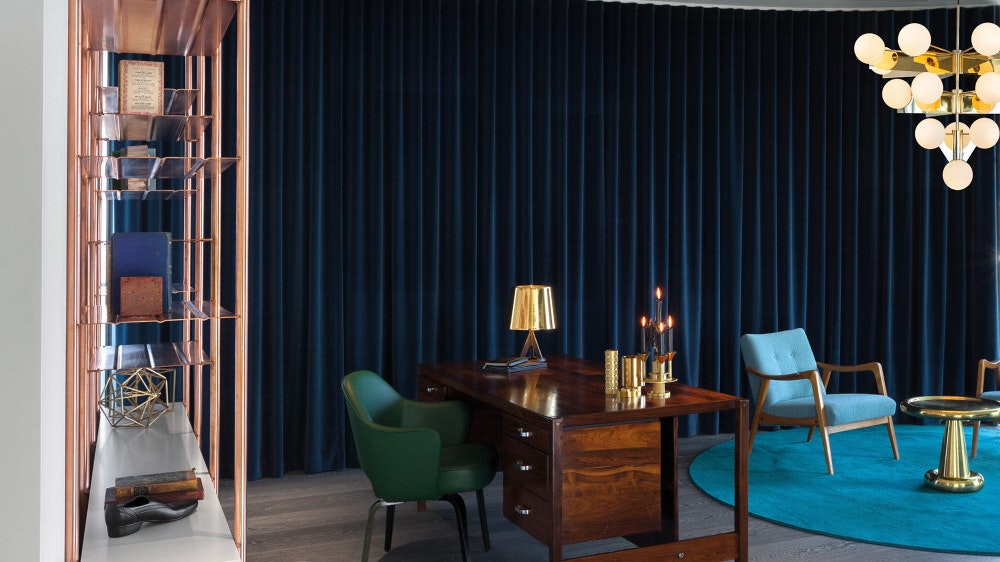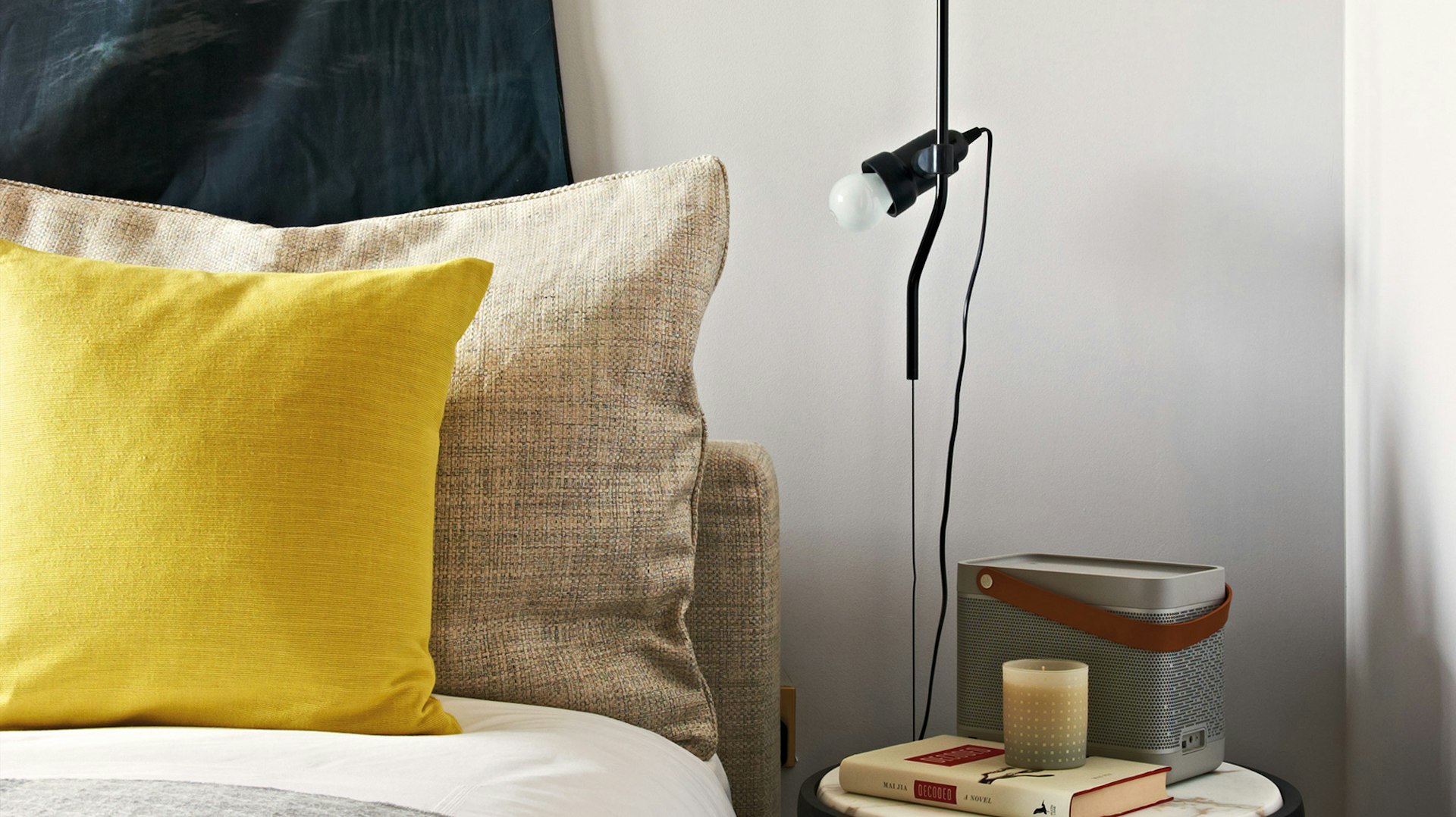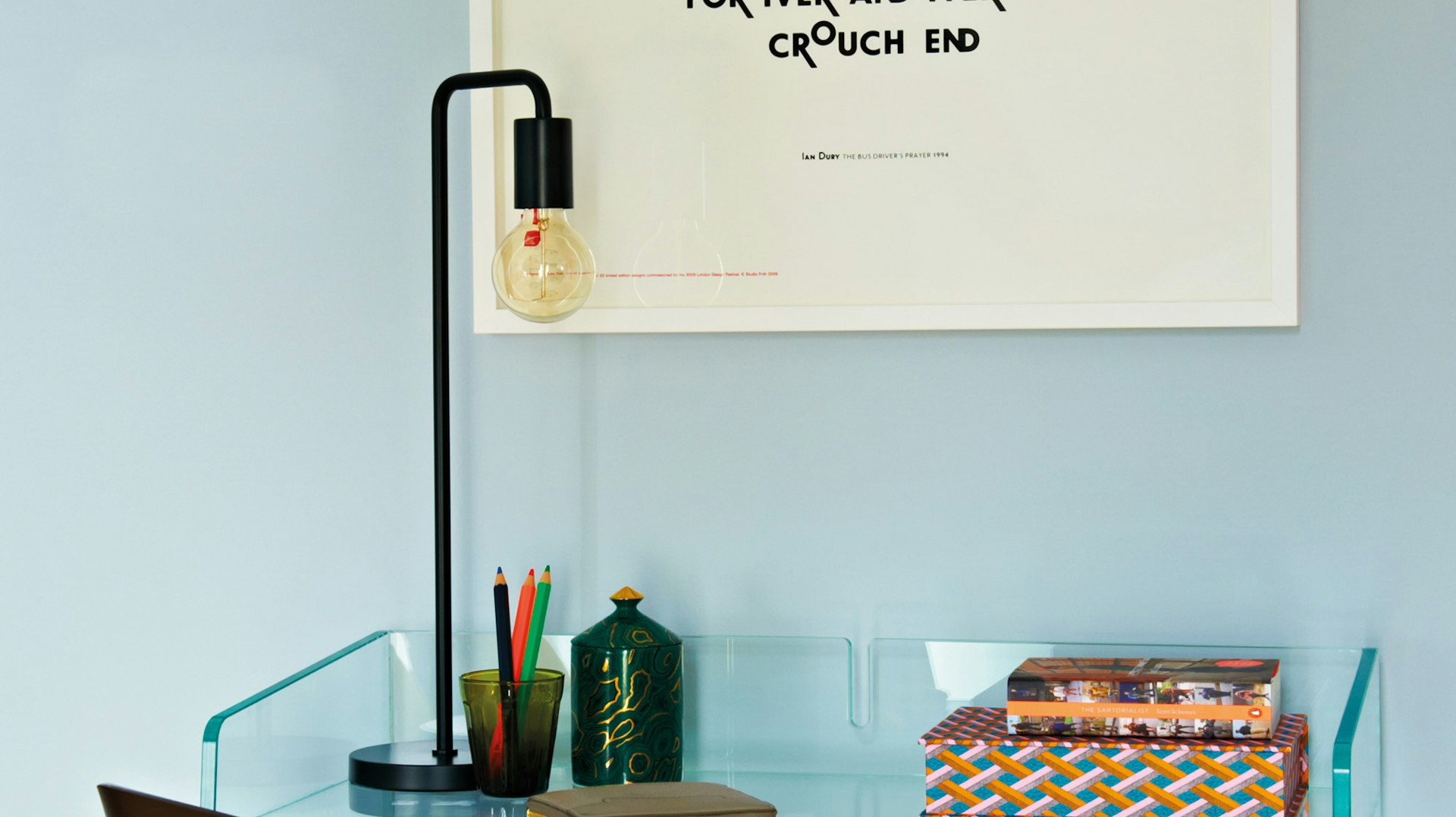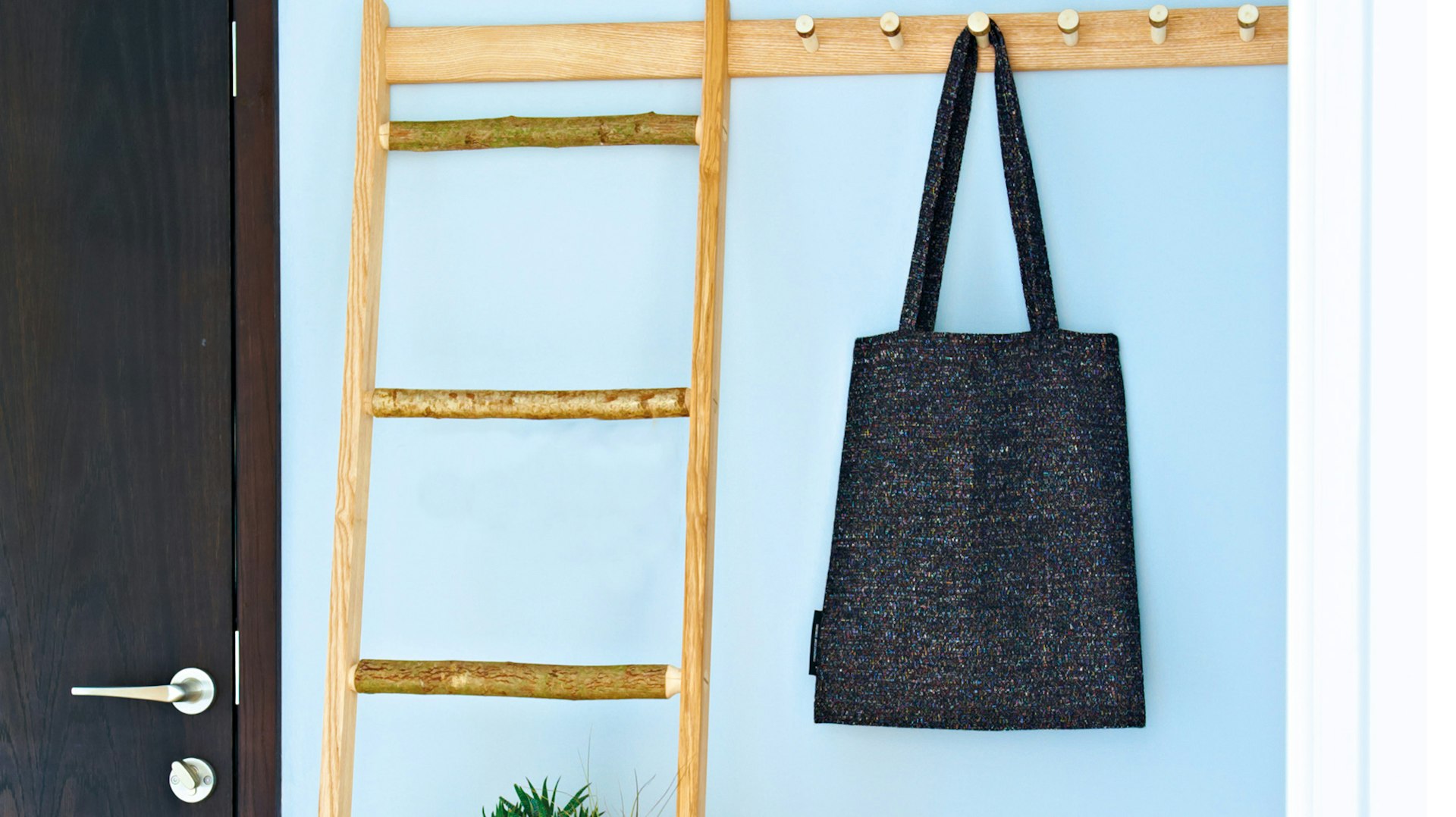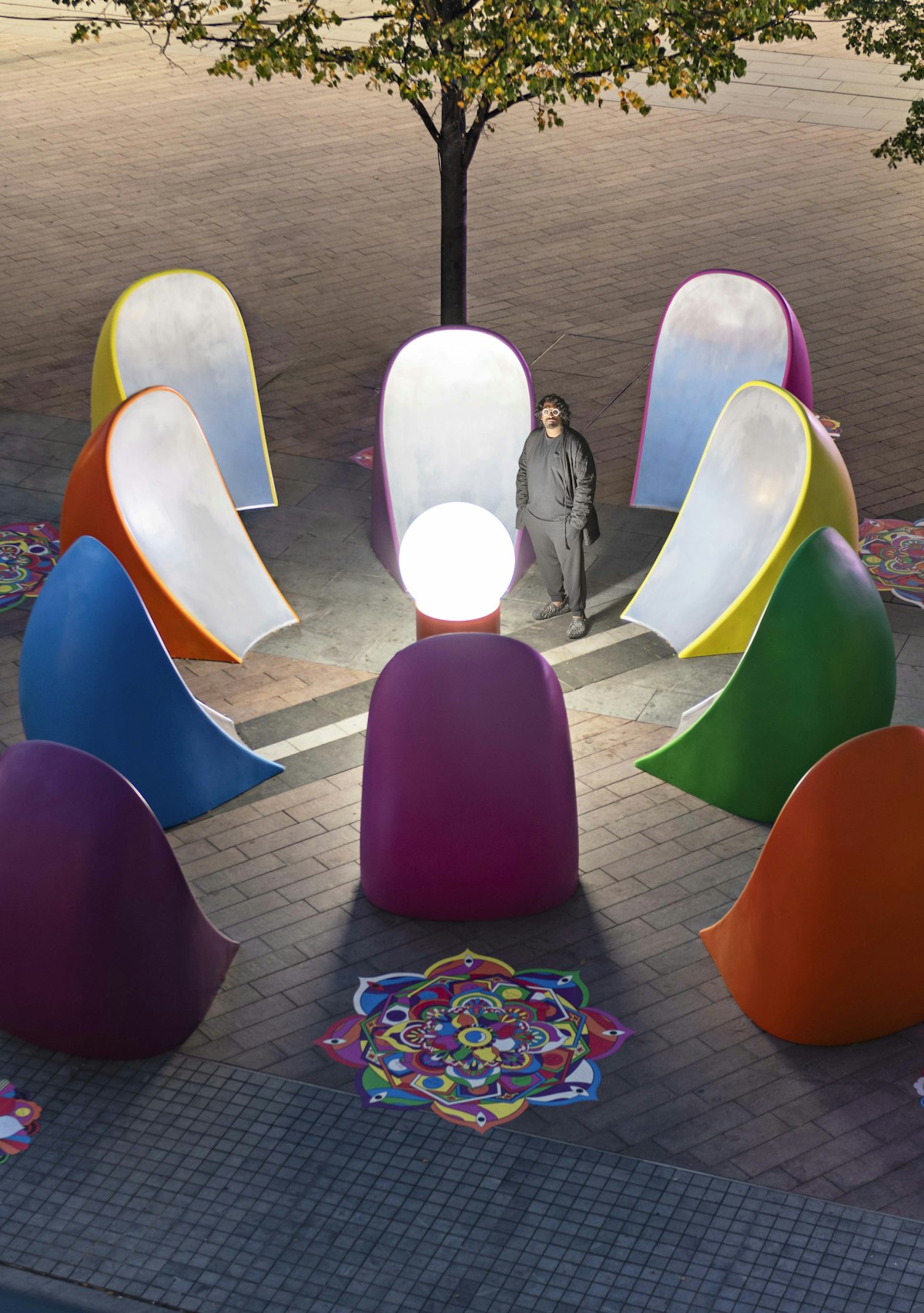
Space: It's Out There
Pick up any interiors magazine and chances are you’ll find an article about maximising space, but what does ‘maximising space’ really mean anyway? Is it about storage? Or should we be focusing on editing our possessions down to the essentials? And should space dictate how we live in our homes? The Peninsulist talked to our in-house design gurus Jane Lawrence and Matthew Dearlove to find out.
“More and more I’m finding that I need more boundaries within my living space” begins Dearlove. “I like to have a defined space to relax in away from work life. Our home is actually quite tidy and organised” he says, “but I don’t like it when things encroach even in the slightest. I also don’t like bringing work home.”
This aspect of space, where work life spills into home life, and the kids’ toys slowly take over the living room is something many of us with young families probably experience daily. Dearlove continues, “I used to work from home and found it difficult, in spite of the fact that we have a room that’s designated as the study/office space in our home. Perhaps because it’s a space I share with my partner and neither of us has ever really taken ownership of it.”
“I quite like working from home”, counters Lawrence. “I use my dining table as a work area, but I make sure that I give myself boundaries. I think about the task in hand, then when I have finished I pack my work away and get on with other things.”
Lawrence also concedes that the reason she uses the dining table as her work space at home is because she lost the spare room – her intended study – to her partner who has turned it into his store room.
So it seems that even the experts struggle with space. But does size really matter?
A cursory online search for apartment living spits out dozens of videos and blogs filled with genius ideas; apartments with full size furniture designed to flip open or shut at a moment’s notice; rooms that seem to magically appear and disappear. A heady mix of design, craftsmanship and engineering. But this kind of living takes a lot of planning and a very clear understanding of what you want from your space.
Jane Lawrence doesn’t think we change our spaces enough. “The ability to make any room multi-task, in essence gives you an additional room in your home. And if we could use design to show people how easy it is for that second or third bedroom to have multiple uses it would put space into a totally different context.”
“It’s only by changing and pushing the boundaries of our space that we can really begin to master it.”
She mentions pull-down beds, a once popular contraption that’s rarely seen in UK homes nowadays. Further investigation reveals that the concept is very much alive on the continent, with one Italian manufacturer, Clei, producing pieces of multi- purpose furniture – beautiful and practical.
Dearlove suggests that it’s our understanding of space that is possibly flawed. “If we considered volume (as in ceiling height) and light over square feet and number of rooms we might begin to change our thinking. We might find a small but well-lit space with high airy ceilings far more pleasurable to live in.”
“I think the way people are living in cities is having to change drastically”, he continues.
“It has a huge effect on storage, on how you live, on furniture. Car ownership is changing because the way we move around cities is changing. How we work is having a huge shift. And the constant evolution of technology in the home is having a profound impact on our lifestyle. The way we live in flats is going to change enormously over the next 10 years.”
So if our approach could be altered to enhance our living experience, could designers and developers drive the change needed to shift our perspective?
Lawrence and Dearlove believe that this may well be the case in the future.
“Developers can definitely help with this,” Lawrence confirms.”For instance on the Peninsula we’re looking at shared amenity spaces: workspaces, relaxation areas, fitness rooms and so on within the buildings but also within the neighbourhood too. So if your building or neighbourhood can provide these facilities they can act as an extension of your own home.
With that in mind then perhaps a new approach would be to consider the things you really want to do in your living room or bedroom, instead of allowing objects or furniture to dictate how you should live in it. If you want to do yoga in your bedroom, then make space for your mat. If you’d like to have a game of table tennis on your dining room table, push the chairs aside and have a go. It’s only by changing and pushing the boundaries of our space that we can really begin to master it.
Making the most of your space: things to consider
Walls: white does make a space feel bigger, as do mirrors.
Lighting: light can help to define a space so it shouldn’t be an afterthought.
Think about the effect you want to achieve at different times of day; consider dimmer switches and give yourself options by having a variety of light sources (lamps, candles,) that you can coordinate in different ways.
Furniture: take your time.
Try and live in a space before finalising the layout to get a feel for what works and what doesn’t.
Multi-tasking furniture can help your space work harder.
Consider storage beds and pull-down beds, coffee tables that extend and convert into dining tables, stacking chairs and footstools that unstack into floor cushions.
Appliances: combination washer/dryers are huge space savers; combi-ovens (a microwave and grill in one); also ceramic and/or induction hobs effectively offer another surface to rest things on when not in use.
